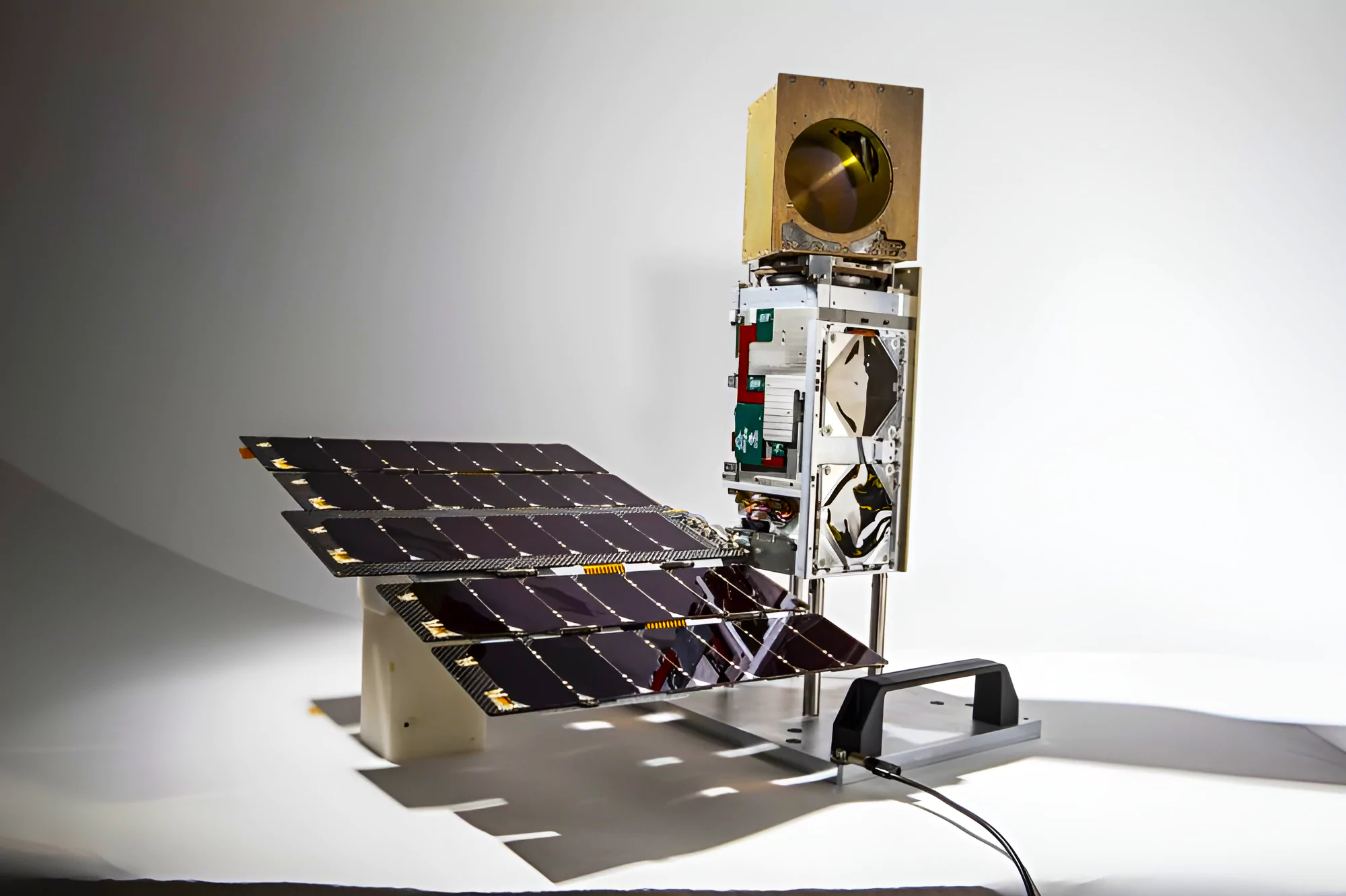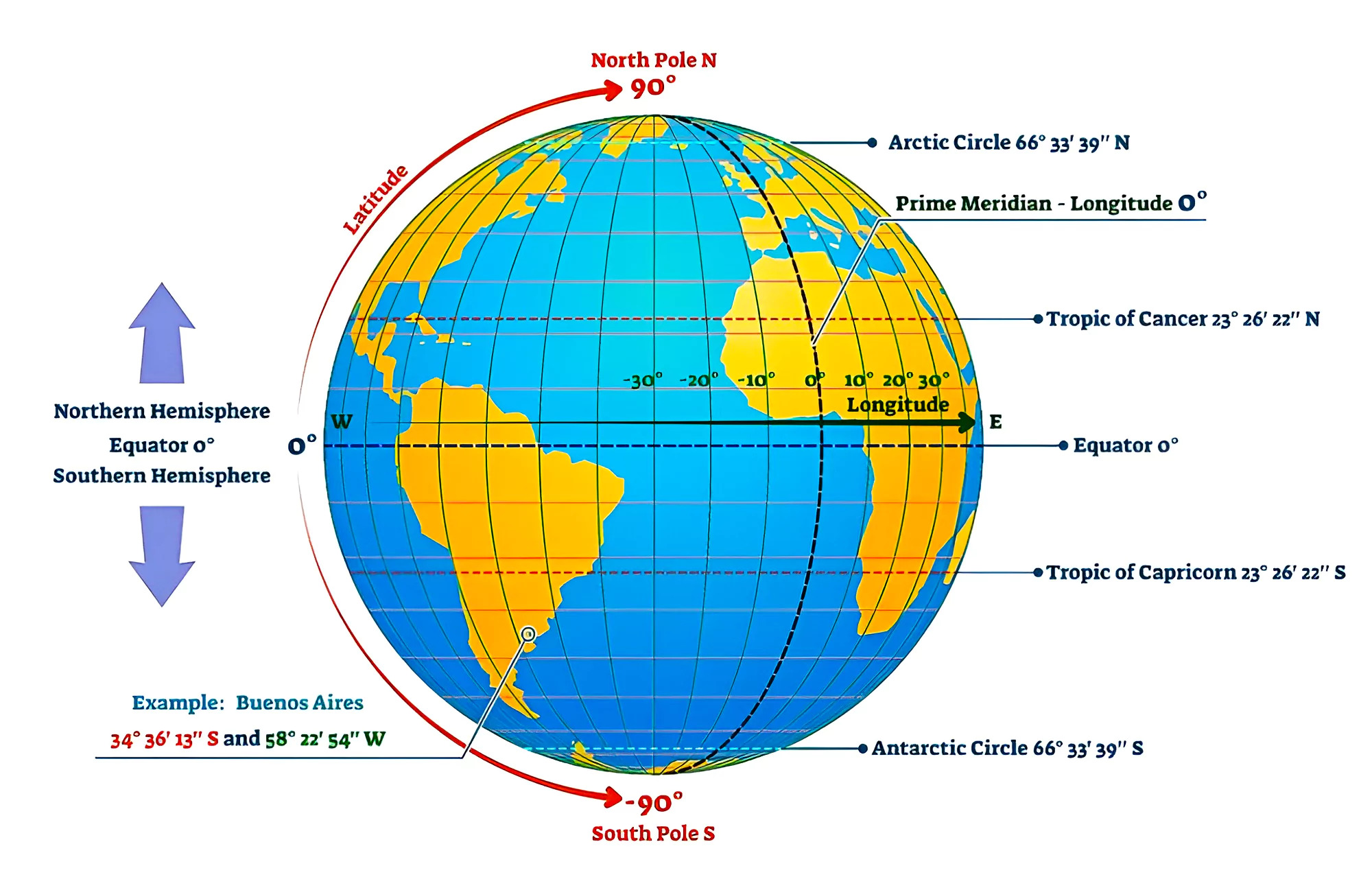Context
NASA is about to launch its new polar mission (PREFIRE) to study the Arctic and Antarctic, focusing on how these regions release heat into space.
- The mission is called PREFIRE (Polar Radiant Energy in the Far-InfraRed Experiment).
- First satellite: The first of two small satellites will launch from New Zealand on May 22.
- Second satellite: The second satellite (CubeSat) will launch two weeks after the first one.
About PREFIRE Mission

- Aim: To study Earth’s polar regions.
- PREFIRE targets heat radiation from Earth’s poles to improve climate understanding.
- It will play a major role in understanding a crucial aspect of climate science – energy balance and its influence on climate change.
Objective of the About PREFIRE Mission
- The PREFIRE mission aims to shed light on previously unclear aspects of how Earth’s atmosphere and ice cover in the Arctic and Antarctic influence the amount of heat radiating out to space.
- Heat Emission Study:Understand why the Arctic has warmed more than 2.5 times faster than the rest of the world since the 1970s.
Enroll now for UPSC Online Course
| Satellite (CubeSat)
Two small satellites (cube satellites) are about the size of a shoebox.
Features
- CubeSats is equipped with sensors.
- It will make CubeSats able to gather data on a far wider range of infrared wavelengths (10 times more than before) when studying the poles.
- Thermal infrared spectrometer : The satellites contain a thermal infrared spectrometer.
- It measures a little-studied type of radiant energy emitted by Earth.
|
-
- Emitting of far-infrared heat: Understand how well snow, sea ice, and other materials emit far-infrared heat, and how clouds affect this heat escaping to space.
- Predictive Insights: Improve predictions on future changes in heat exchange between Earth and space, and their effects on ice melting, atmospheric temperatures, and global weather.
- Cost Efficiency: Provide critical climate change data using a low-cost platform compared to full-size satellites.
Earth’s Polar Regions
- The polar regions are also known as the frigid zones or polar zones.
- It surrounds Earth’s North and South Poles.
 These areas lie within the polar circles.
These areas lie within the polar circles.
- High latitudes in the north feature floating sea ice covering much of the Arctic Ocean.
- In the south, the Antarctic ice sheet dominates the continent of Antarctica and the Southern Ocean.
- Climatic condition on the poles
- Less Intense Solar Radiation:
- Polar regions receive less intense solar radiation compared to other parts of Earth.
- Oblique Angle of Sun’s Energy:
- The Sun’s energy arrives at an oblique angle.
- It spreads over a larger area and becomes less concentrated.
- Longer Distance Through Atmosphere:
- Solar energy travels a longer distance through the Earth’s atmosphere.
- During this travel, it can be absorbed, scattered, or reflected.
- Seasonal Temperature Variation:
- This phenomenon is similar to why winters are colder than other seasons, except in tropical regions.
Key Reasons to Study Earth’s Polar Regions
- Maintaining Planetary Balance:
- Relation b/w Earth and climate: Earth’s temperature and climate rely on a delicate equilibrium between the energy it receives from the Sun and the heat it radiates back into space.
- Polar regions play a critical role in this balance by influencing the amount of heat escaping Earth.
- Impact on Global Weather Patterns:
- Weather system: Changes in the polar regions, like ice melt and altered cloud cover, significantly affect global weather systems.
- Studying these regions helps us understand how they influence extreme weather events like storms, floods, and coastal erosion around the world.
Enroll now for UPSC Online Classes
![]() 20 May 2024
20 May 2024

 These areas lie within the polar circles.
These areas lie within the polar circles.